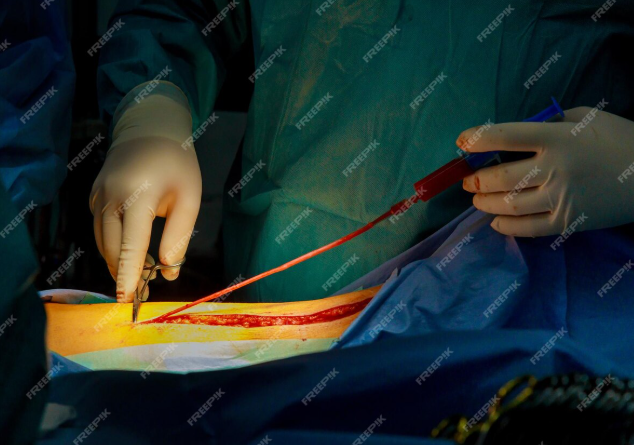In advanced wound care, personalised treatment is critical for achieving optimal healing. One of the most promising developments in modern diagnostics is the TM Flow System, a non-invasive, FDA-cleared device that analyses vascular and autonomic function. But beyond diagnostics, TM Flow plays a pivotal role in guiding clinicians to select the most appropriate wound graft, especially amniotic wound graft options, which are widely used for chronic and non-healing wounds.
Understanding the TM Flow System
The TM Flow System combines several non-invasive tests:
- Sudomotor Function Test (to assess the autonomic nervous system)
- Pulse Volume Recording (PVR) (to evaluate peripheral arterial health)
- Ankle-Brachial Index (ABI) (to detect arterial blockages)
Together, these measurements provide a comprehensive view of a patient’s circulatory and neurological status, which is essential for wound care planning.
Why Amniotic Wound Grafts?
An amniotic wound graft is a bioactive tissue product derived from the amniotic membrane. It contains natural growth factors, cytokines, and extracellular matrix components that promote:
- Reduced inflammation
- Accelerated tissue regeneration
- Infection control
- Pain reduction
They’re especially effective for diabetic ulcers, venous leg ulcers, pressure sores, and post-surgical wounds.
How TM Flow Supports Graft Selection
✅ Identifies Underlying Vascular Issues
Poor circulation is one of the primary causes of chronic wounds. The TM Flow System detects early signs of peripheral artery disease (PAD) or microvascular dysfunction. This helps wound care specialists determine whether a wound will respond to graft therapy or if vascular intervention is needed first.
✅ Reveals Autonomic Dysfunction
Many patients, especially those with diabetes, suffer from autonomic nerve damage. The TM Flow System measures sudomotor function to identify autonomic neuropathy, which can interfere with wound healing. This diagnostic insight supports more customised treatment, including the use of an amniotic membrane graft for wounds.
✅ Supports Targeted Graft Application
With a complete vascular and neurological assessment, providers can confidently choose the right amnotic wound graft for the patient’s condition. This avoids a one-size-fits-all approach and improves healing outcomes.
✅ Improves Reimbursement and Clinical Documentation
Objective data from the TM Flow System can strengthen insurance documentation when applying advanced therapies like an amniotic membrane graft for wounds, ensuring both patient access and clinic reimbursement.
Better Outcomes, Smarter Care
Whether you run a wound care center, internal medicine clinic, or podiatry practice, integrating the TM Flow System into your workflow helps you:
- Detect hidden barriers to healing
- Recommend the right amniotic wound graft confidently
- Improve patient outcomes
- Increase CPT billing opportunities
For patients, it means faster relief, fewer complications, and truly personalized care using tools like the amniotic membrane graft for wounds.
Conclusion
The synergy between the TM Flow System and advanced amniotic wound graft therapies is reshaping how we approach wound healing. By identifying each patient’s unique circulatory and neurological status, providers can select the most effective amniotic membrane graft for wounds, reducing guesswork and delivering results.
Looking to enhance your wound care strategy? Start with diagnostics that drive smarter treatment decisions.
EmailUs: info@medicaledgesolutions.com

















